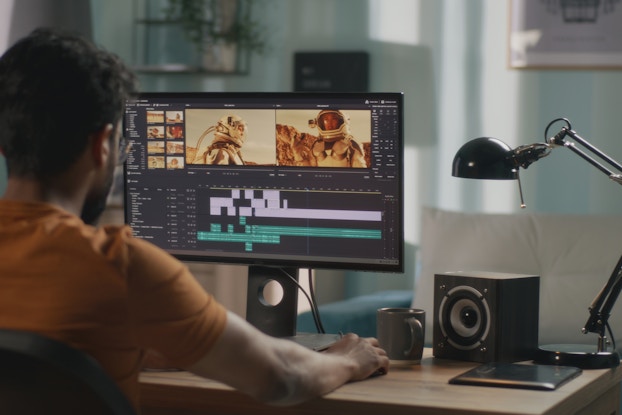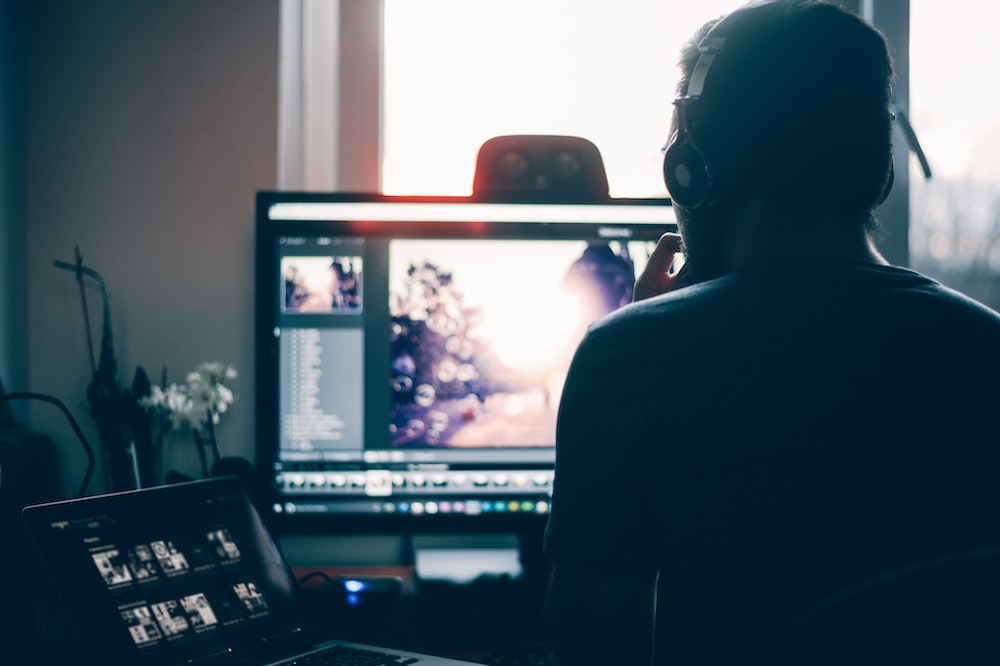From Ordinary to Extraordinary: Elevating Your Photo Editing Skills
Business 0 CommentsWarning: Trying to access array offset on value of type null in /home/59053787/domain/public_html/wp-content/themes/simple-east/content.php on line 37
Welcome to a journey of transforming your ordinary photos into extraordinary masterpieces through the art of photo editing! In this comprehensive guide, we will explore various techniques and tips to help you elevate your photo editing skills to new heights. The photographer used a variety of lightroom presets to achieve different moods and styles in the edited images. Whether you’re a photography enthusiast, a professional photographer, or just someone who loves capturing moments, this article will equip you with the knowledge and tools to enhance your images like never before.
The Power of Photo Editing
Photo editing is an integral part of modern photography, enabling you to add your unique touch to the captured moments. While capturing a great photo is essential, editing takes it a step further by allowing you to enhance colors, adjust lighting, and fine-tune details. The process of photo editing is where your creativity can truly shine, as you have the power to convey emotions, create moods, and tell captivating visual stories.
Embrace the Digital Darkroom
In the era of digital photography, the darkroom has evolved into the digital realm. Instead of spending hours in a physical darkroom, you now have access to powerful editing software at your fingertips. Embrace this digital darkroom and use it as a canvas to bring your vision to life.

Selecting the Right Software
To begin your journey towards extraordinary photo editing, choosing the right software is crucial. There are numerous options available, catering to different skill levels and editing needs. Some of the most popular photo editing software include:
1. Adobe Photoshop
Adobe Photoshop is the industry standard for professional photo editing. Its vast array of tools and features allows you to perform intricate edits, compositing, and manipulation. While it may have a steeper learning curve, the possibilities with Photoshop are virtually limitless.
2. Adobe Lightroom
Adobe Lightroom is a user-friendly and powerful software designed specifically for photographers. It excels in organizing and managing your photo library and offers a wide range of editing tools. Lightroom’s non-destructive editing ensures your original photos remain untouched, providing you with the flexibility to experiment fearlessly.
3. GIMP
GIMP (GNU Image Manipulation Program) is an open-source and free photo editing software. While it may not have the same level of refinement as Photoshop, it still offers a host of features and capabilities to enhance your images effectively.
4. Luminar
Luminar is known for its impressive AI-powered editing tools that simplify complex processes. It provides a great balance between ease of use and advanced editing features, making it an excellent choice for both beginners and experienced editors.
Understanding File Formats: RAW vs. JPEG
Before you dive into editing, it’s essential to understand the two primary file formats in photography: RAW and JPEG.
1. RAW Files
RAW files contain all the unprocessed data captured by your camera’s sensor. They offer greater flexibility and detail during editing, as no image data is lost during compression. RAW files allow you to adjust white balance, exposure, and other settings without sacrificing image quality.
2. JPEG Files
JPEG files, on the other hand, are compressed images with some loss of data. They are typically smaller in size and easier to share but offer limited editing flexibility compared to RAW files.
For serious photo editing, shooting in RAW is highly recommended, as it provides the best foundation for bringing out the full potential of your images.
Key Photo Editing Techniques
Now that you have the right software and understand file formats, let’s explore some key photo editing techniques to elevate your images:
1. White Balance Adjustment
Adjusting the white balance ensures your photo’s colors appear natural and accurate. Correct any color casts caused by different lighting conditions, and experiment with warmer or cooler tones to set the desired mood.
2. Exposure and Contrast
Balancing exposure and contrast is essential to bring out details in shadows and highlights. Adjust the exposure to achieve the right brightness, and fine-tune contrast to create depth and dimension in your images.
3. Color Correction and Grading
Color correction allows you to fix color imbalances, while color grading adds a specific mood or style to your photos. Experiment with color channels and curves to achieve the desired look.
4. Enhancing Sharpness
Apply selective sharpening to enhance details in your photos without overdoing it. Sharpening adds clarity and makes your subject stand out.
5. Dodge and Burn
Use the dodge tool to brighten specific areas and the burn tool to darken others. This technique allows you to emphasize certain elements and create a balanced composition.
6. Cropping and Composition
Refine your composition by cropping your images to eliminate distractions and improve the overall balance and visual flow.
7. Removing Unwanted Elements
Use the clone stamp or healing brush tool to remove unwanted objects or blemishes, resulting in cleaner and more captivating images.
Advanced Techniques for Artistic Expression
Beyond the basics, advanced photo editing techniques provide opportunities for artistic expression:
1. Creative Filters and Textures
Experiment with creative filters and overlays to add unique textures and artistic effects to your images.
2. Double Exposure
Create stunning double exposure effects by blending two or more images seamlessly, producing mesmerizing and artistic compositions.
3. HDR (High Dynamic Range)
Combine multiple exposures to create HDR images that showcase a broader range of tones and details, particularly useful for landscape photography.
Conclusion
Congratulations! You have completed a comprehensive journey through the art of photo editing, from understanding the importance of the digital darkroom to mastering key techniques and exploring advanced methods of artistic expression. Armed with this knowledge, you can confidently elevate your photo editing skills and transform your ordinary photos into extraordinary works of art.
Remember, photo editing is an art form that requires practice and experimentation. Embrace your creativity, challenge yourself to try new techniques, and let your imagination guide you in crafting visually stunning images.
So go forth, armed with your chosen editing software and newfound skills, and unveil the extraordinary potential hidden within your photographs. With dedication and passion, you’ll undoubtedly leave others in awe of your exceptional photo editing capabilities.
Warning: Trying to access array offset on value of type null in /home/59053787/domain/public_html/wp-content/themes/simple-east/content.php on line 74
